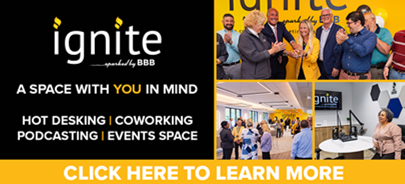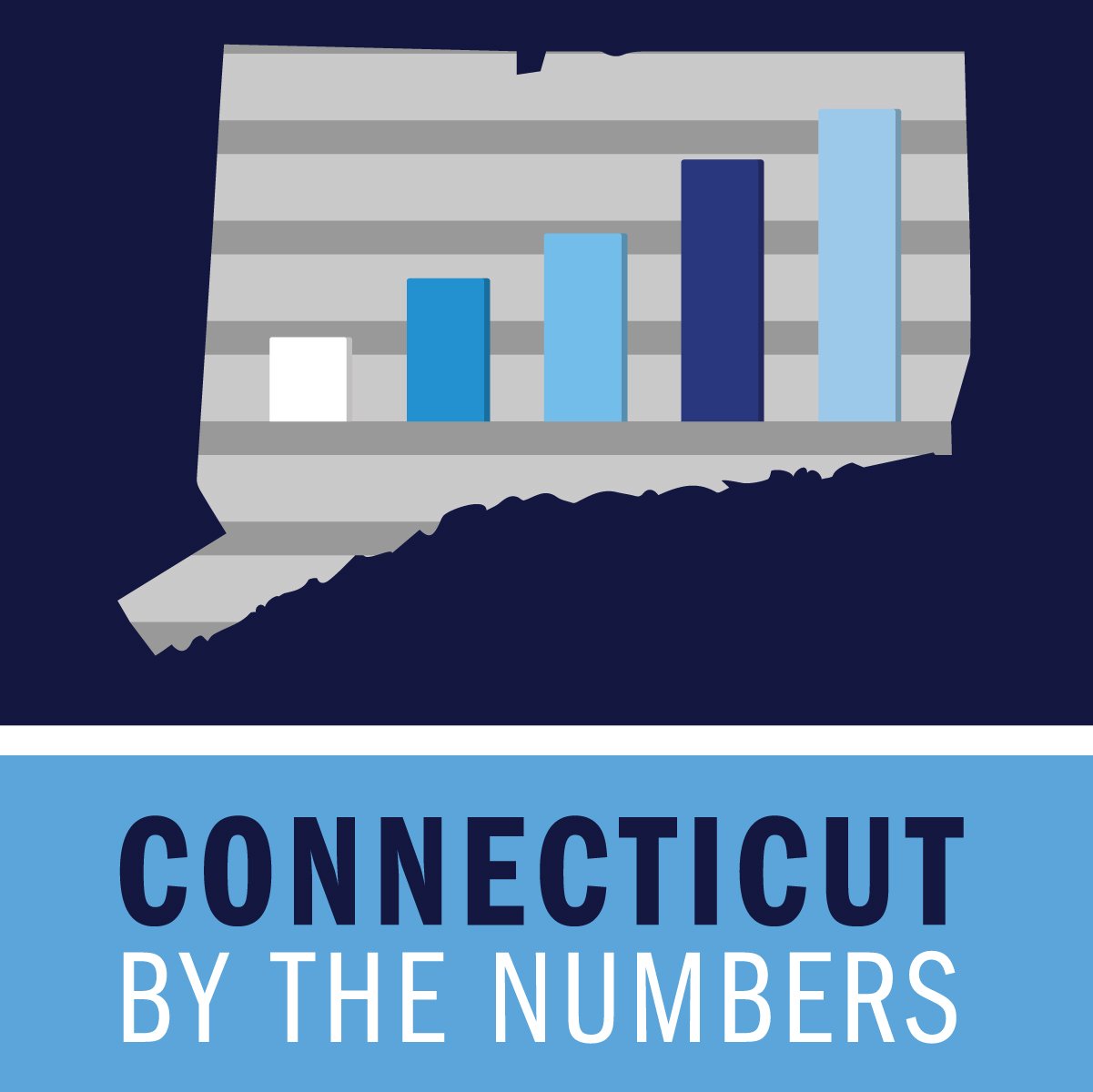Subway Looks to Technology to Spur Growth, Reinvigorate Brand
/If it seems like Subway restaurants have stepped up the use of technology to combat the company’s first dip in growth in memory, you’re right. Low-tech is out and high-tech is increasingly in at the Connecticut-based sandwich franchise mega-chain. Subway is aggresively introducing touch-screen ordering kiosks and a new mobile app – an effort to close the gap with competitors that have credited technology with helping boost sales. Subway is also testing dedicated pickup areas for mobile orders, a first for the company.
“It’s really a vision and strategy in how we want to evolve,” Carman Wenkoff, Subway’s chief information and digital officer, said in an interview with Bloomberg. “Customers are demanding a more complete experience.”
Subway launched a “bot” for Facebook Messenger in April that allows guests to order sandwiches and salads. The first-of-its-kind sandwich ordering bot was announced at the F8 Facebook Developer Conference with Agilitee, one of Subway’s digital partners, and is an innovation driven by the company's year-old Subway Digital division.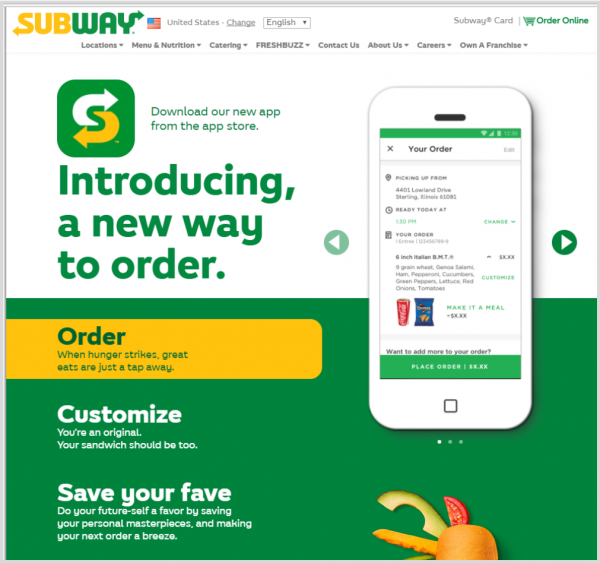
Customers can use the bot to order a sandwich or salad, customize it with their favorite bread; cheese; vegetables; and sauce, and pay on any device that supports Messenger. The bot for Messenger is described by the company as the latest addition to the brand’s mobile order systems that includes web ordering and app ordering. The new mobile app is available in about 26,500 of the chain’s 27,000 U.S. stores, which the company says is the largest deployments of a Messenger bot in the restaurant industry.
Subway has a presence in 112 countries, with more than 44,600 franchised locations. The company reports 7.5 million sandwiches a day served around the world. Subway has more locations than any other restaurant chain U.S., but sales fell 1.7 percent last year to $11.3 billion, marking the third straight annual decline, according to research firm Technomic. Industry analysts point out that traditional fast-food chains are upgrading their equipment and embracing more natural ingredients, cutting into Subway’s decades-long edge in the healthy-eating arena.
The company, based in Milford, Connecticut, was founded almost 52 years ago by Fred DeLuca and Peter Buck. It remains a family-owned business. The company now operates about 26,744 stores in the U.S., a decline of 359 locations in 2016, the first annual decline the company has experienced.
A year ago, Subway announced the launch of Subway Digital, a new division centered on tech initiatives. The division’s focus was to be on evaluating all of the chain’s technology, ranging from its app to its loyalty program, with the ultimate aim of enhancing guest engagement, according to published reports in June 2016.
“With the creation of Subway Digital, we are committed to making the guest experience as meaningful, convenient and contemporary as possible, across all channels,” Suzanne Greco, Subway president and CEO, said in a statement at the time.
Subway is currently testing about 50 of the new self-ordering kiosks, Bloomberg reported. The technology allows customers to walk in and tailor their meals with more accuracy. Digital menus, meanwhile, are available in hundreds of stores. They can be changed instantly without having to print new signs and replace them. The chain also is testing out remodeled restaurants in eight areas in the U.S., Canada and England, according to published reports.
The upgrades require buy-in from franchisees, which own all of Subway’s locations. Though the company is helping pay for the changes, independent owners will bear much of the cost.
“We are investing heavily,” Wenkoff said in the Bloomberg interview. “Our franchisees are with us 100 percent. Mobile devices are attached at the hip to pretty much all our customers these days. It’s all about convenience.” The company also noted that Subway Digital, established last year, is in the midst of hiring more than 150 people for jobs supporting the brand’s “omnichannel approach.”


 Paul won in the Best Original Score category for his work on Broadway’s “Dear Evan Hansen,” along with writing partner Benj Pasek. Before the night was out, the writers were back on the Radio City Music Hall stage to share another Tony for Best Musical for “Dear Evan Hansen.” In all, the play won six Tonys. Paul was the show's co-composer, co-lyricist and co-creator.
Paul won in the Best Original Score category for his work on Broadway’s “Dear Evan Hansen,” along with writing partner Benj Pasek. Before the night was out, the writers were back on the Radio City Music Hall stage to share another Tony for Best Musical for “Dear Evan Hansen.” In all, the play won six Tonys. Paul was the show's co-composer, co-lyricist and co-creator.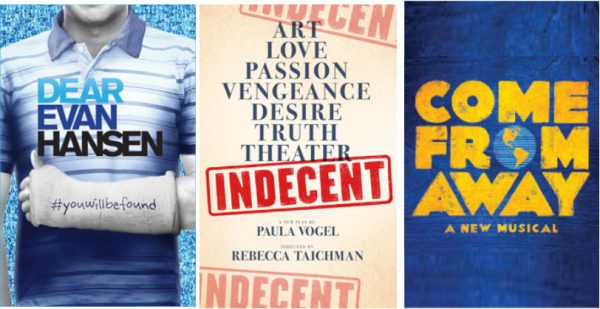 The 9/11-themed musical "Come From Away" won for best direction of a musical, Yale University graduate Christopher Ashley. It had a significant early reading at Goodspeed Musicals' Festival of New Artists in 2013. One of the show's producers spoke about "Come From Away" at this year's Goodspeed festival, just prior to the Broadway production opening.
The 9/11-themed musical "Come From Away" won for best direction of a musical, Yale University graduate Christopher Ashley. It had a significant early reading at Goodspeed Musicals' Festival of New Artists in 2013. One of the show's producers spoke about "Come From Away" at this year's Goodspeed festival, just prior to the Broadway production opening.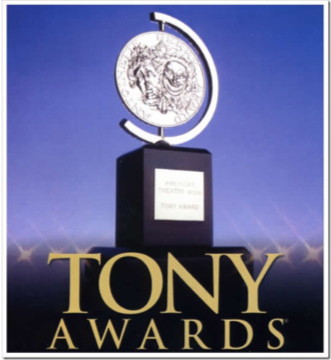 ceremony, he thanked Westport's education and arts communities in his speech: "I was educated in public schools where arts and culture were valued and recognized and a resource," said Paul. "I am so grateful to all my teachers who taught so much and gave so much to us." Paul shared the award for the song "City of Stars," from the film "La La Land," with fellow lyricist Benj Pasek and composer Justin Hurwitz, and Hurwitz's score from the film also won an Oscar.
ceremony, he thanked Westport's education and arts communities in his speech: "I was educated in public schools where arts and culture were valued and recognized and a resource," said Paul. "I am so grateful to all my teachers who taught so much and gave so much to us." Paul shared the award for the song "City of Stars," from the film "La La Land," with fellow lyricist Benj Pasek and composer Justin Hurwitz, and Hurwitz's score from the film also won an Oscar.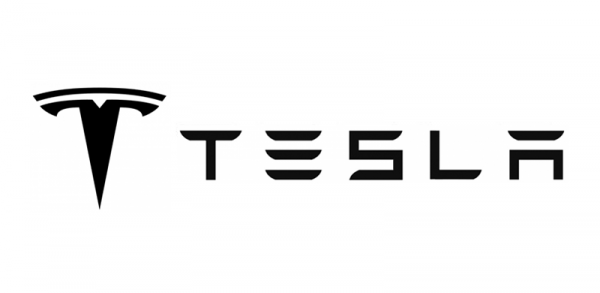
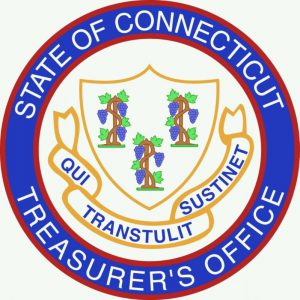
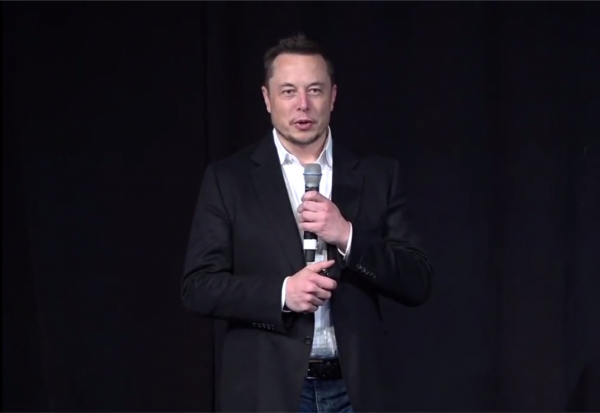 rding to the Treasurer’s Office. Representing the Connecticut Treasurer’s Office at the annual meeting, and presenting the proposal, was Aeisha Mastagni, a Portfolio Manager in the Corporate Governance Unit of the California State Teachers’ Retirement System. Overall, according to a U.S. Securities & Exchange Commission filing, 74.7 million shareholders voted against the proposal, with 32.7 million voting in favor.
rding to the Treasurer’s Office. Representing the Connecticut Treasurer’s Office at the annual meeting, and presenting the proposal, was Aeisha Mastagni, a Portfolio Manager in the Corporate Governance Unit of the California State Teachers’ Retirement System. Overall, according to a U.S. Securities & Exchange Commission filing, 74.7 million shareholders voted against the proposal, with 32.7 million voting in favor.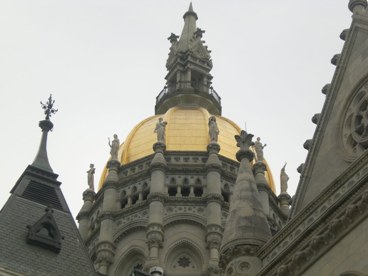

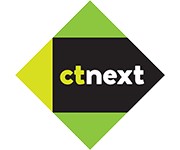

 Venture capital firms are typically deep-pocketed, small companies that bet on startup success by investing millions in exchange for an ownership interest and hopes of high returns. Published
Venture capital firms are typically deep-pocketed, small companies that bet on startup success by investing millions in exchange for an ownership interest and hopes of high returns. Published 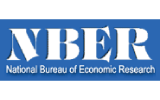


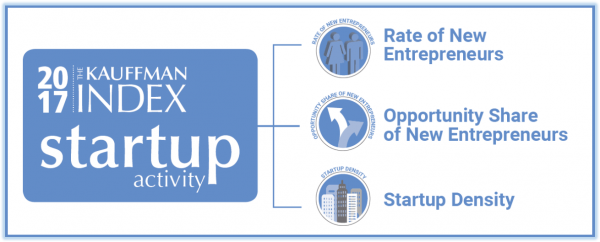
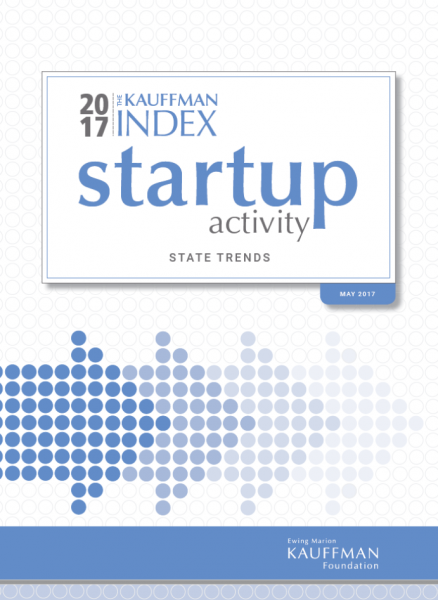




 Sponsor), Eversource (Gold Sponsor), AT&T (Gold Sponsor), Accounting Resources, Inc. (Silver Sponsor), Qualidigm (Silver Sponsor), CT by the Numbers (Silver Sponsor), and Aeton Law Partners (Silver Sponsor). The David Alan Hospitality Group and Capture provided in-kind services.
Sponsor), Eversource (Gold Sponsor), AT&T (Gold Sponsor), Accounting Resources, Inc. (Silver Sponsor), Qualidigm (Silver Sponsor), CT by the Numbers (Silver Sponsor), and Aeton Law Partners (Silver Sponsor). The David Alan Hospitality Group and Capture provided in-kind services.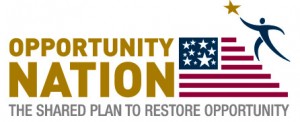 and Minnesota. Connecticut exceeded the national average in all three components – Jobs and Local Economy, Education, and Community Health and Civic Life.
and Minnesota. Connecticut exceeded the national average in all three components – Jobs and Local Economy, Education, and Community Health and Civic Life.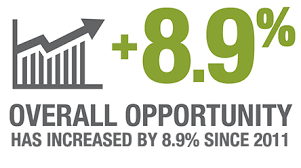
 Prevention and the U.S. Department of Justice.
Prevention and the U.S. Department of Justice.




